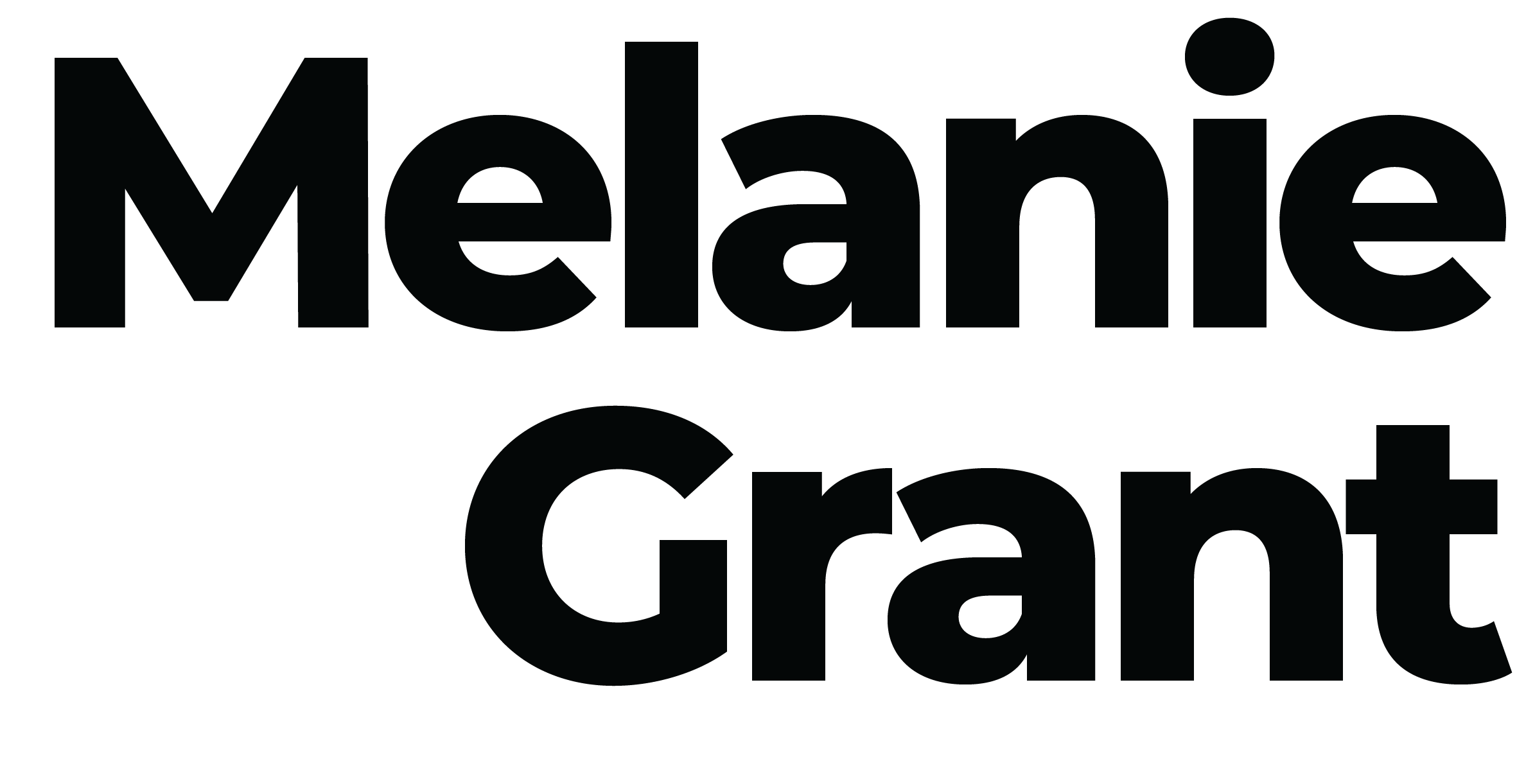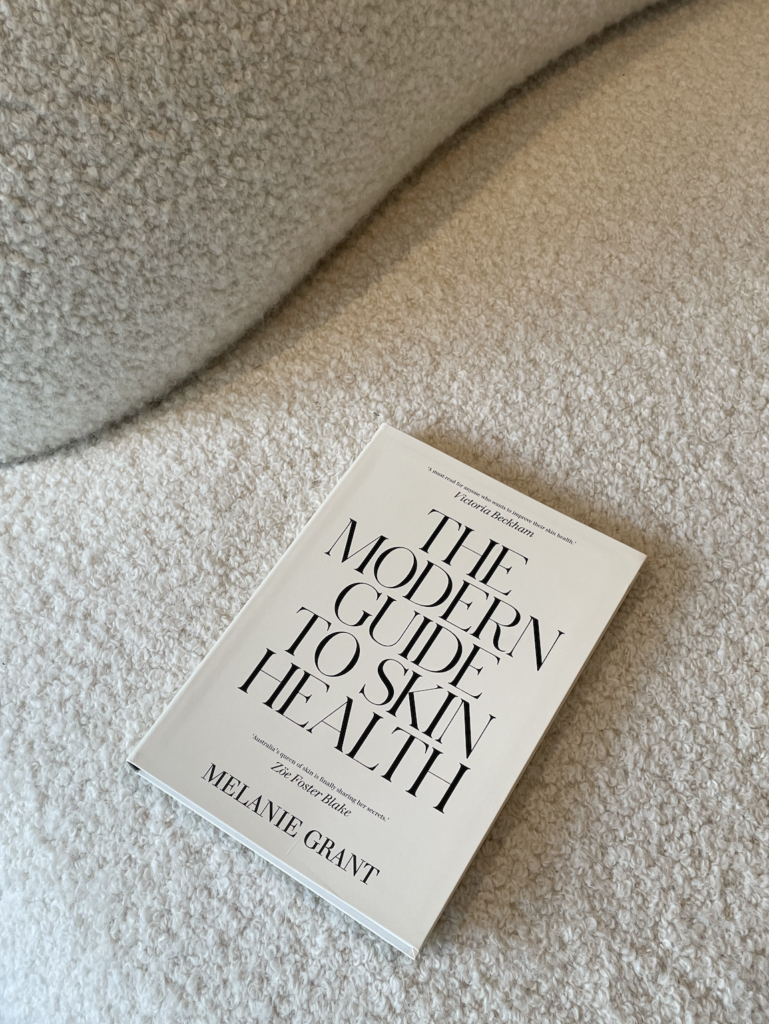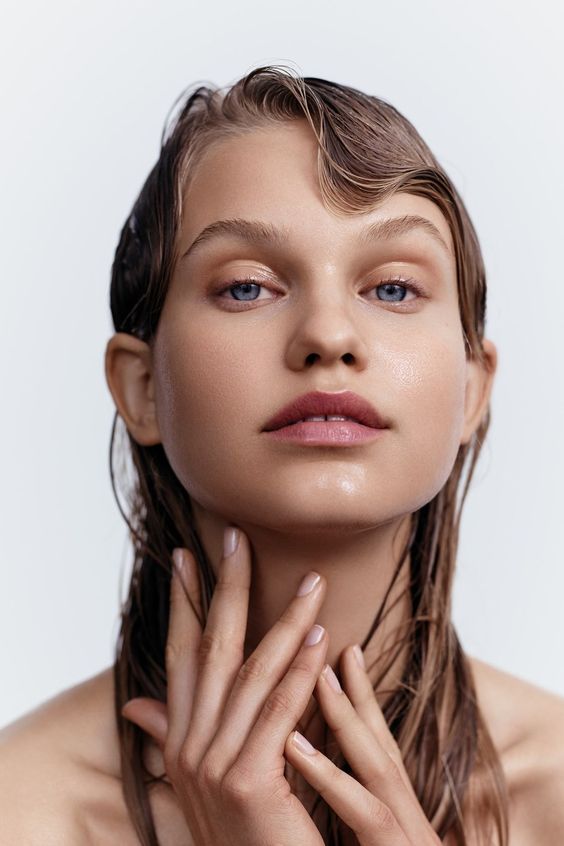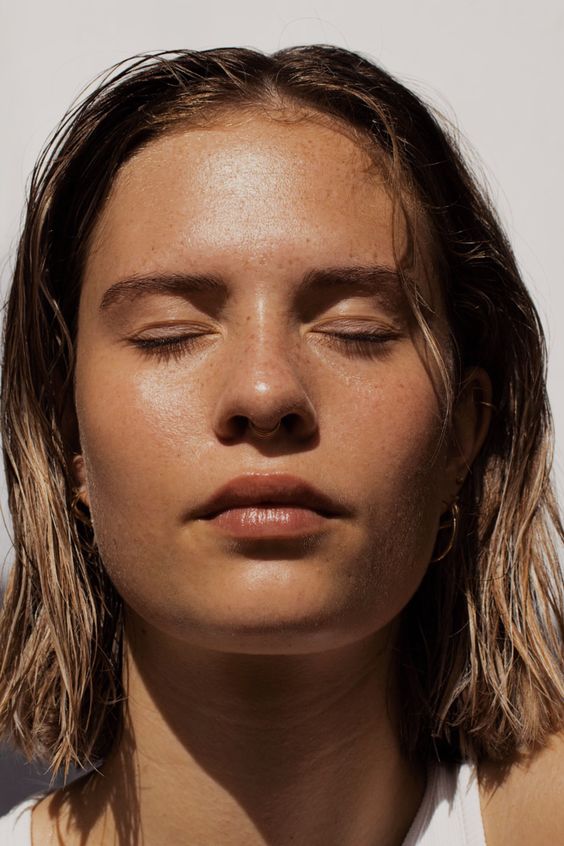Channel your inner facialist
When we talk about self-care, the first thing that generally springs to mind is skincare. That doesn’t mean investing in an entirely new routine, but rather choosing the right products and ingredients to treat your main concerns.
“I’m a firm believer in a streamlined but high-performance approach – an effective regimen doesn’t have to be complicated and above all, it should be enjoyable,” says Grant, who Victoria Beckham trusts with her skincare upkeep. Above all, consistency is key. “Ensuring you’re cleansing and hydrating morning and evening, wearing SPF when you’re going outside, and if you can, exfoliating a couple of times per week to ensure your cells are turning over to prevent build up, dullness and congestion,” says Grant.
While a well-rounded approach is more marathon than sprint, for a swift at-home pick-me- up, look for exfoliators loaded with alpha-hydroxy acids (like lactic and glycolic), which hydrate the skin and kick-start cell turnover for an instant glow. Ditto masking. “To really boost my complexion with minimal effort, I reach for a mask which is a quick and easy way to infuse the complexion with vital nutrients. I love cream-based formulations that hydrate, replenish and plump,” says Grant.

The art of movement
Above all else, self-care is about taking time for daily rituals that bring a moment of relaxation or pause, which could go some way to explaining the increasing popularity of gua sha, face rollers and facial massage. While they may be somewhat new to the beauty world, the protocol of ‘scraping’ or massaging the skin to promote blood flow and ease puffiness has been used for centuries in Chinese medicine.
Thankfully, you don’t need to be a trained masseuse to reap the benefits, and your fingertips make a handy substitute for fancy face tools. “A daily or twice-daily cleanse can be transformed into an internal deep clean for the skin by simply following the direction of lymphatic flow. Stimulating lymphatic drainage clears congestion, treats puffiness and improves the overall appearance of dull lacklustre skin,” says Sydney-based facialist Jocelyn Petroni. “Be inquisitive when it comes to massaging your face and really start to feel the facial muscles, explore firm pressure, use your palms and don’t be afraid to get into all the grooves.”
The rule of thumb is to always work from the centre of the face outwards – the basic direction that fluid drains beneath the skin – and pay close attention to the eye area (a problem zone for fluid build-up). “While applying eye cream, take a moment to feel the ‘grooves’ under the bone that sits below the eyebrows. These acupressure points relieve stress from the area, to relax and rejuvenate the appearance of the eye area,” says Petroni.
No matter what area of the face you’re targeting, any formula is fit for facial massage, so long as your skin doesn’t drink it in too quickly. “All you need is ‘slip’, so the skin doesn’t pull or feel dry,” says Petroni. “Cleansers, moisturisers, masks, and oils all make good mediums for facial massage.”

Curb that cortisol
While some exercise-induced stress is helpful for the body (HIIT workouts are popular for good reason), when our stress levels are elevated, an intense sweat session can tip our cortisol levels into the danger zone, robbing us of that post-workout endorphin kick and some of the physical benefits, too. It’s a balancing act, says personal trainer Ricardo Riskalla. “Any form of exercise causes stress in the body. If a client is [mentally] stressed, I combine bursts of yoga, pilates, martial arts and, above all, deep breathing via the nose. That is proven to lower stress levels in the body, calm the mind, and only generate positive aspects of exercise.” If you’re not ready to swap out your marathon runs or short-burst workouts or you’re feeling particularly stressed, self-care can be as simple as taking time to do nothing; diarise two to three recovery days per week.

Skin gets stressed too
We can also thank the C-word – cortisol – for a host of stress-related skin concerns, including acne. “The link to stress and skin breakouts is all to do with hormones. When the body is under stress, it produces more cortisol – the skin’s built-in alarm system that will allow the glands located in our skin to produce more oil,” says Jodie Whiley, national educator for French skincare brand Payot.
Self-care rituals can help to lower stress levels overall, as can a few simple protocols and ingredients that treat existing flare-ups. “To reduce the inflammation and pain of a breakout while stressed, daily cleansing with a gentle cleanser is recommended, and you should use a salicylic-based product, ideally a spot treatment, which has actives that keep the skin in good working order,” says Whiley, name-checking ingredients like zinc and niacinamide, which regulate oil production without stripping the skin dry.

Light saver
It’s probably accurate to say that over the past few months we’ve spent a lot more time inside our homes than out. Aside from the obvious health benefits of getting outdoors, our time spent indoors has led to an uptick in screen time with the Australian National Broadband Network reporting a 70 to 80 per cent increase in daytime data usage since February.
That’s also having an impact on our skin. While we’re not out there fending off harmful UV-A and UV-B rays, experts now agree blue light radiation might be just as damaging. “Blue light exposure can stimulate photo-ageing. This leads to oxidative stress to the skin causing inflammation, overall skin discolouration and a weakened skin surface,” says Nica Marcello, national education manager of Estée Lauder, noting that much of that damage can show up around the delicate eye area. Moreover, blue light can travel deep into the dermis, zapping collagen stores and breaking down elastin (the lovely stuff that gives skin its plumpness).
Most dermatologists agree on one thing: taking care of our skin should be as much about treatment as it is about protection. Start by incorporating a blue light defender (like Estée Lauder’s Advanced Night Repair Eye Supercharged Complex) into your morning regimen, which will become as routine as your SPF.

Get to sleep
“During any crisis, the body is going more frequently into fight/ flight/freeze, experiencing elevated levels of cortisol. At the moment, quality sleep, exercise, a good diet and meditation are more important than ever to balance out our stress hormones,” explains Jacqui Lewis, principal of The Broad Place, adding that in stressful times we again fall into the trap of looking for easy solutions (hello, Instagram) and a quick hit of happy hormones. But that has the opposite effect. “Looking at a screen in the hour before sleep depletes the quality of our sleep by 30 per cent and we have to ask ourselves, is it worth it?” says Lewis.
Everyone knows that prioritising quality sleep is one of the most important things we can do for our mental and physical health, and the solutions are surprising simple. At least an hour before bed implement ‘power down hour’: flick all smart devices to flight mode, turn off all screens (for the record, Lewis says Kindles are fine), and create a sleep routine – a warm bath, jasmine tea, a candle – which signals to the mind and body that it’s time to wind down.





